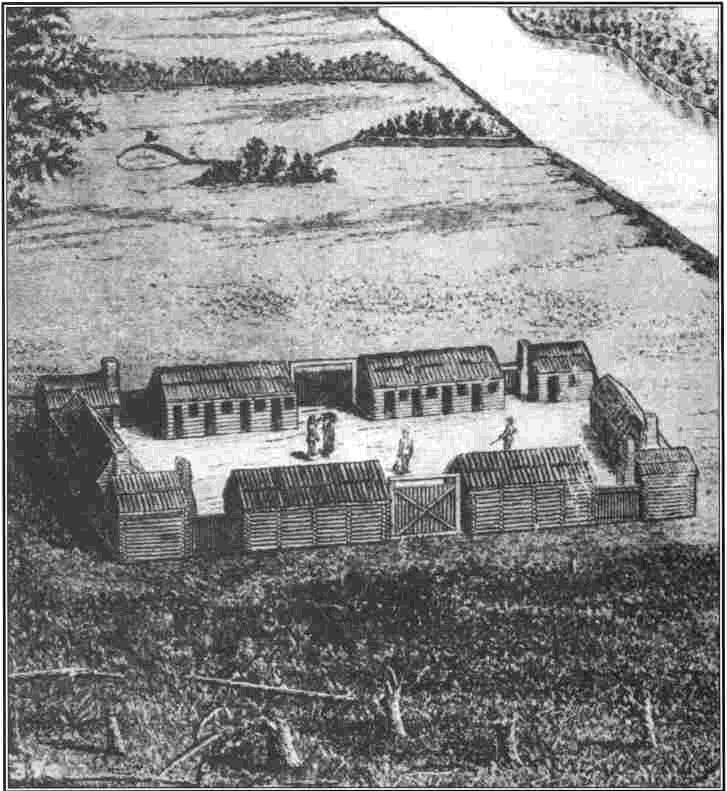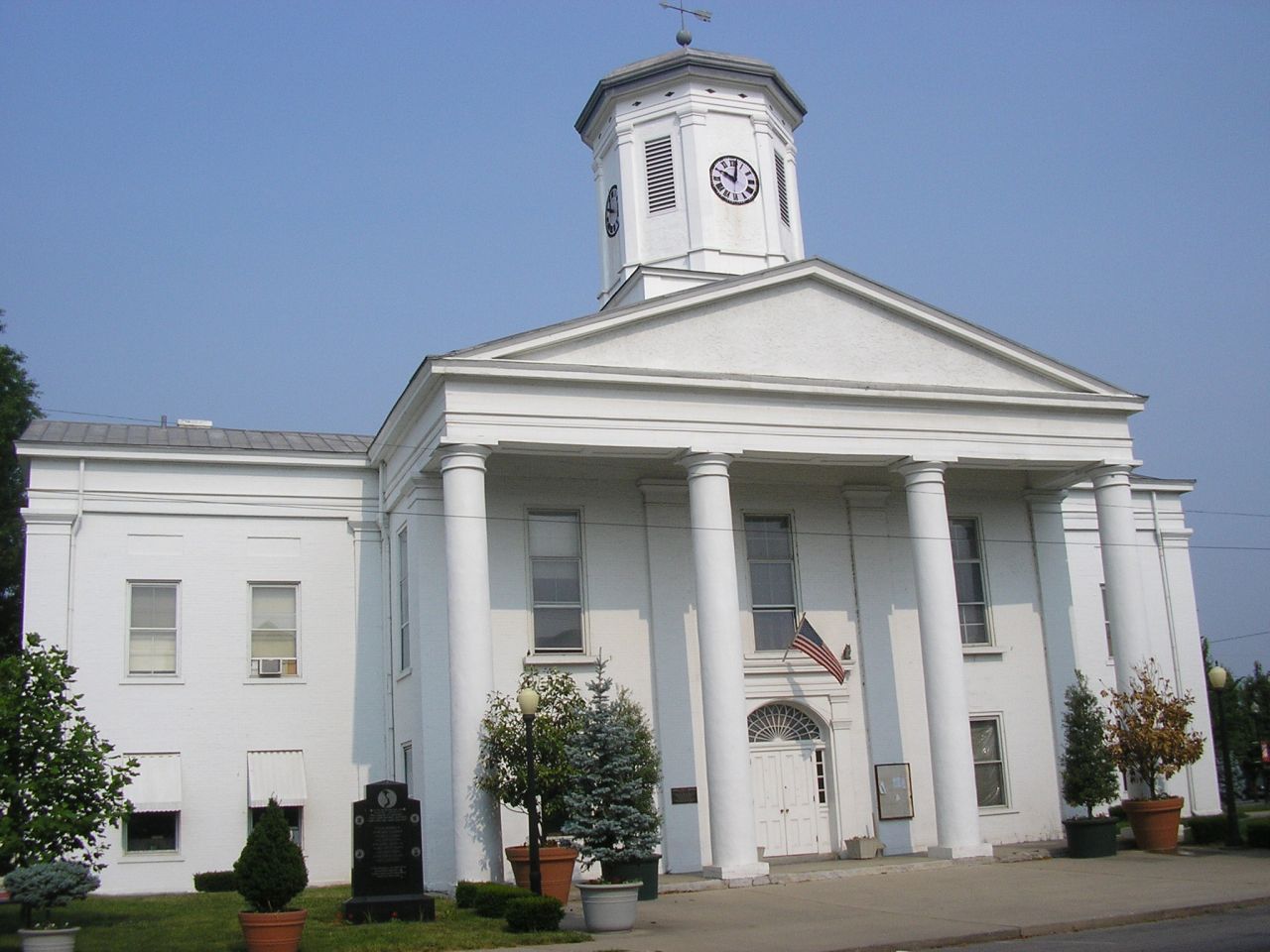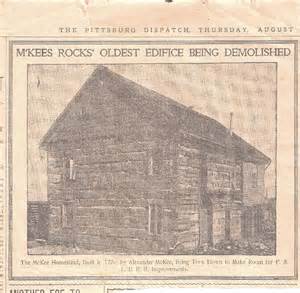|
List Of Battles Fought In Kentucky
This is an incomplete list of military confrontations that have occurred within the boundaries of the modern US State of Kentucky since European contact. The region was part of New France from 1679 to 1763, ruled by Great Britain from 1763 to 1783, and part of the United States from 1783 to present. Several wars that have directly affected the region including the French and Indian War (1754–1763), American Revolutionary War (1775–1783), Northwest Indian War (1785–1795), Tecumseh's War (1811–1812), War of 1812 (1812–1814), and the American Civil War The American Civil War (April 12, 1861 – May 26, 1865; also known by other names) was a civil war in the United States. It was fought between the Union ("the North") and the Confederacy ("the South"), the latter formed by state ... (1860–1865). Battles See also * History of Kentucky * Kentucky in the American Civil War Notes {{DEFAULTSORT:List Of Battles Fought In Kentucky * Kentucky in the Am ... [...More Info...] [...Related Items...] OR: [Wikipedia] [Google] [Baidu] |
US State
In the United States, a state is a constituent political entity, of which there are 50. Bound together in a political union, each state holds governmental jurisdiction over a separate and defined geographic territory where it shares its sovereignty with the federal government. Due to this shared sovereignty, Americans are citizens both of the federal republic and of the state in which they reside. State citizenship and residency are flexible, and no government approval is required to move between states, except for persons restricted by certain types of court orders (such as paroled convicts and children of divorced spouses who share child custody). State governments in the U.S. are allocated power by the people (of each respective state) through their individual state constitutions. All are grounded in republican principles (this being required by the federal constitution), and each provides for a government, consisting of three branches, each with separate and indepe ... [...More Info...] [...Related Items...] OR: [Wikipedia] [Google] [Baidu] |
Siege Of Boonesborough
} The siege of Boonesborough was a military engagement which took place in September 1778 during the American Revolutionary War. On September 7, Shawnee chief Blackfish, who was allied to the British, led an attack on the Kentucky settlement of Boonesborough. Months before the battle, Blackfish had captured and adopted Daniel Boone, the founder of Boonesborough. Boone escaped the Shawnees in time to lead the defense of the settlement. Blackfish's siege was unsuccessful and was lifted after eleven days. Boone was then court-martialed by fellow officers who suspected him of harboring Loyalist sympathies. He was acquitted, but soon left the settlement. Background Settlement of Kentucky In 1774, the Colony of Virginia defeated a coalition of Native Americans in the Ohio Country, primarily Shawnees, in Dunmore's War. In the treaty that ended the war, the Ohio River was established as the boundary between Shawnee lands north of the river and western Virginia (present West Virginia ... [...More Info...] [...Related Items...] OR: [Wikipedia] [Google] [Baidu] |
Mount Sterling, Kentucky
Mount Sterling, often written as Mt. Sterling, is a home rule-class city in Montgomery County, Kentucky. The population was 6,895 at the time of the 2010 U.S. census. It is the county seat of Montgomery County and the principal city of the Mount Sterling micropolitan area. History Mount Sterling is named for an ancient burial mound called Little Mountain, and for the town of Stirling in Scotland. It was named by the first developer of the area, Hugh Forbes. The Kentucky Assembly passed an act in 1792 establishing the town as Mt. Sterling, a misspelling which was retained. The area was originally part of the thick wilderness of central Kentucky. Explorers, hunters, and surveyors traveling along a trail called Old Harper's Trace noted a 125-foot-high tree-covered mound which they called The Little Mountain. Later excavations showed it to be a burial site. The site of the mound is now the intersection of Queen and Locust Streets in Mt. Sterling. The first cabin in the area was bui ... [...More Info...] [...Related Items...] OR: [Wikipedia] [Google] [Baidu] |
Battle Of Little Mountain
The Battle of Little Mountain, also known as Estill's Defeat, was fought on March 22, 1782, near Mount Sterling in what is now Montgomery County, Kentucky. One of the bloodiest engagements of the Kentucky frontier, the battle has long been the subject of controversy resulting from the actions of one of Captain James Estill's officers, William Miller, who ordered a retreat that left the rest of Estill's command to be overwhelmed by the attacking Wyandots. Background On March 19, 1782, Captain James Estill received a message from Colonel Benjamin Logan requesting assistance after signs of a Wyandot war party had been seen near Boonesborough, in addition to empty canoes having been seen floating down the Kentucky River. Gathering about 40 men from nearby settlements, Estill began searching the area. While he was away, the Wyandots attacked a number of nearby settlements, including Estill's Station, killing 14-year-old Jennie Glass and capturing Munk Estill, a slave who belonged t ... [...More Info...] [...Related Items...] OR: [Wikipedia] [Google] [Baidu] |
Indigenous Peoples Of The Americas
The Indigenous peoples of the Americas are the inhabitants of the Americas before the arrival of the European settlers in the 15th century, and the ethnic groups who now identify themselves with those peoples. Many Indigenous peoples of the Americas were traditionally hunter-gatherers and many, especially in the Amazon basin, still are, but many groups practiced aquaculture and agriculture. While some societies depended heavily on agriculture, others practiced a mix of farming, hunting, and gathering. In some regions, the Indigenous peoples created monumental architecture, large-scale organized cities, city-states, chiefdoms, State (polity), states, Realm, kingdoms, republics, Confederation, confederacies, and empires. Some had varying degrees of knowledge of engineering, architecture, mathematics, astronomy, writing, physics, medicine, planting and irrigation, geology, mining, metallurgy, sculpture, and gold smithing. Many parts of the Americas are still populated by Indigeno ... [...More Info...] [...Related Items...] OR: [Wikipedia] [Google] [Baidu] |
Eastwood, Kentucky
Eastwood is a neighborhood of Louisville, Kentucky centered along Shelbyville Road (US 60 U.S. Route 60 is a major east–west United States highway, traveling from southwestern Arizona to the Atlantic Ocean coast in Virginia. The highway's eastern terminus is in Virginia Beach, Virginia, where it is known as Pacific Avenue, in the ...) and Johnson Road. The ZIP Code for Eastwood is 40018. References External linksHistory of Eastwood Neighborhoods in Louisville, Kentucky {{JeffersonCountyKY-geo-stub ... [...More Info...] [...Related Items...] OR: [Wikipedia] [Google] [Baidu] |
Kingdom Of Great Britain
The Kingdom of Great Britain (officially Great Britain) was a sovereign country in Western Europe from 1 May 1707 to the end of 31 December 1800. The state was created by the 1706 Treaty of Union and ratified by the Acts of Union 1707, which united the kingdoms of England (which included Wales) and Scotland to form a single kingdom encompassing the whole island of Great Britain and its outlying islands, with the exception of the Isle of Man and the Channel Islands. The unitary state was governed by a single parliament at the Palace of Westminster, but distinct legal systems – English law and Scots law – remained in use. The formerly separate kingdoms had been in personal union since the 1603 "Union of the Crowns" when James VI of Scotland became King of England and King of Ireland. Since James's reign, who had been the first to refer to himself as "king of Great Britain", a political union between the two mainland British kingdoms had been repeatedly attempted and ... [...More Info...] [...Related Items...] OR: [Wikipedia] [Google] [Baidu] |
Cynthiana, Kentucky
Cynthiana is a home rule-class city in Harrison County, Kentucky, in the United States. The population was 6,402 at the 2010 census. It is the seat of its county. History The settlement developed on both sides of the South Fork of the Licking River. It was named after Cynthia and Anna Harrison, daughters of Robert Harrison, who had donated land to establish the town center. Harrison County, on the other hand, was named after Colonel Benjamin Harrison, an early settler in the area who had served as sheriff of Bourbon County. Two Civil War battles were fought in Cynthiana. The first on July 17, 1862, was part of a cavalry raid into Kentucky (which stayed in the Union) by Confederate General John Hunt Morgan; the second, on June 11 and 12, 1864, resulted in Union defeat of Confederate forces during Morgan's last raid into the state. On January 23, 1877, an LL chondrite meteorite fell in Cynthiana. On March 2, 1997, the South Fork of the Licking River flooded, causing extensiv ... [...More Info...] [...Related Items...] OR: [Wikipedia] [Google] [Baidu] |
Bird's Invasion Of Kentucky
Bird's invasion of Kentucky was one phase of an extensive planned series of operations planned by the British in 1780 during the American Revolutionary War, whereby the entire West, from Quebec to the Gulf of Mexico, was to be swept clear of both Spanish and American forces. While Bird's campaign met with limited success, raiding two fortified settlements, it failed in its primary objective. Other British operations that were part of the plan also failed. Background British authorities, during the spring of 1780, prepared to carry out a comprehensive plan for the recapture of the Illinois Country and to attack St. Louis, New Orleans, and other Spanish posts on the Mississippi River. Spain, allied with France, had joined the war against Great Britain in 1779, and had rapidly gained control over British positions along the Mississippi in that year. Four simultaneous movements were planned. Capt. Henry Bird, with a force from Detroit, was directed to "amuse" George Rogers Clark a ... [...More Info...] [...Related Items...] OR: [Wikipedia] [Google] [Baidu] |
Continental Army
The Continental Army was the army of the United Colonies (the Thirteen Colonies) in the Revolutionary-era United States. It was formed by the Second Continental Congress after the outbreak of the American Revolutionary War, and was established by a resolution of Congress on June 14, 1775. The Continental Army was created to coordinate military efforts of the Colonies in their war for independence against the British, who sought to keep their American lands under control. General George Washington was the commander-in-chief of the army throughout the war. The Continental Army was supplemented by local militias and volunteer troops that were either loyal to individual states or otherwise independent. Most of the Continental Army was disbanded in 1783 after the Treaty of Paris formally ended the fighting. The 1st and 2nd Regiments of the Army went on to form what was to become the Legion of the United States in 1792. This became the foundation of what is now the United St ... [...More Info...] [...Related Items...] OR: [Wikipedia] [Google] [Baidu] |
Alexander McKee
Alexander McKee ( – 15 January 1799) was an American-born military officer and colonial official in the British Indian Department during the French and Indian War, the American Revolutionary War, and the Northwest Indian War. He achieved the rank of Deputy Superintendent General in 1794, the second highest position in the British Indian Department at the time. Biography Alexander McKee was born about 1735, the second son of Thomas McKee an Irish immigrant (probably Scots-Irish from northern Ireland), fur trader, Indian Agent, and interpreter for General Forbes at Fort Pitt, and Nonhelema Hokolesqua (c. 1718–1786), an 18th century Shawnee leader and sister of Chief Cornstalk. McKee developed a lifelong relationship with the Ohio Indian tribes. As a young man, Alexander McKee began working with traders who did business with the Indians of the Ohio Country. Soon, he was able to establish his own trading business. Because of his good relations with the Ohio tribes, Indi ... [...More Info...] [...Related Items...] OR: [Wikipedia] [Google] [Baidu] |

_2007.jpg)



